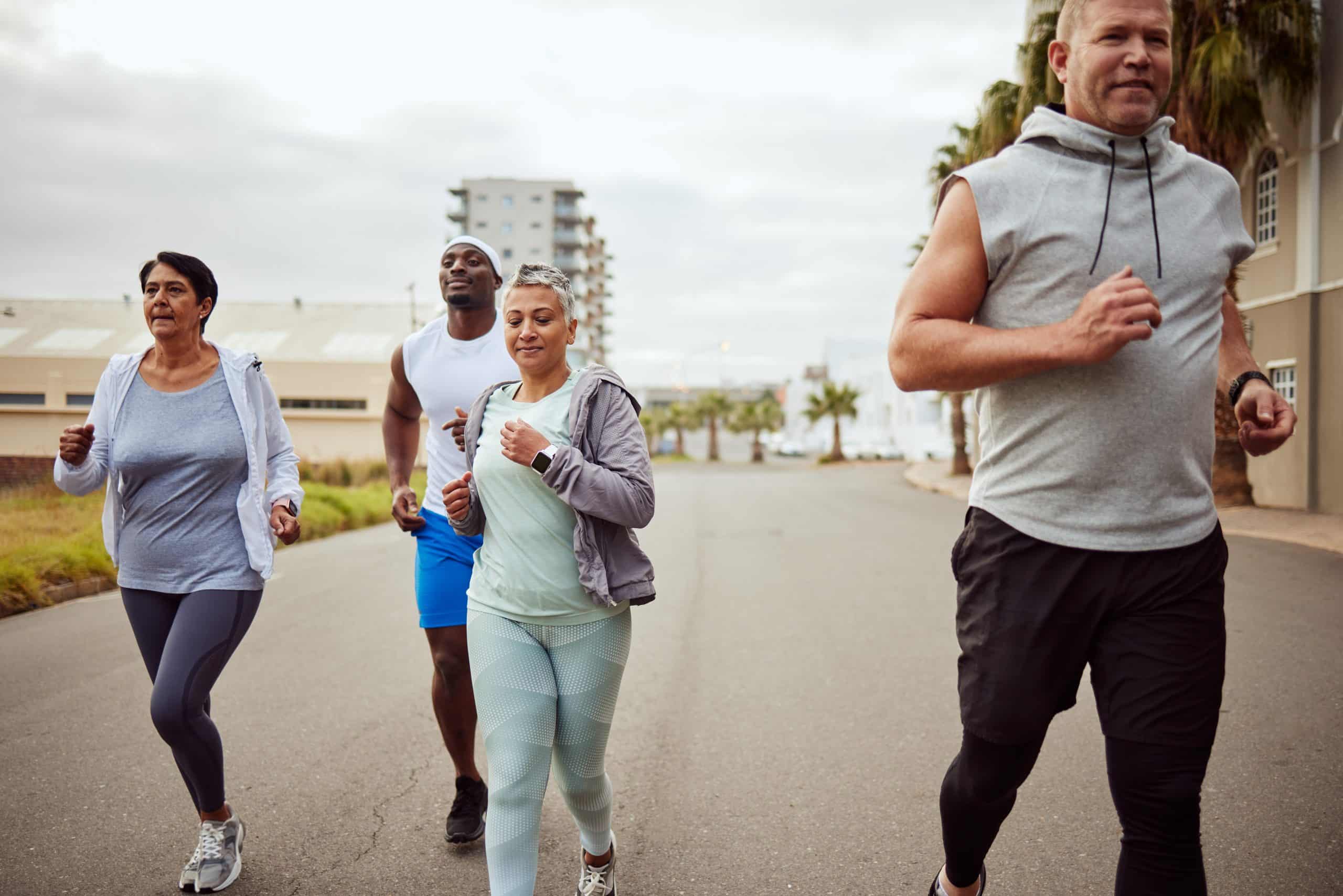What Are the Best Strategies for Keeping a Senior Dog Active?

As our faithful companions age, it’s more crucial than ever to maintain their health and vitality. An active lifestyle can significantly contribute to your senior dog’s overall well-being, by helping to keep their bodies strong and their minds sharp. In this comprehensive guide, you’ll find a wealth of tips and strategies to keep your older pet engaged, fit, and healthy. From exercise and training to regular vet visits and mental stimulation, read on to discover the best practices to help your senior dog lead an active life.
Integration of Exercise in the Daily Routine
Exercise plays a crucial role in maintaining a dog’s physical health, particularly as they enter their senior years. However, understanding the right level and type of exercise is paramount. Regular, low-impact exercises can help maintain your senior dog’s mobility, manage their weight, and improve overall health.
En parallèle : How to Choose Eco-Friendly Bedding and Habitat Materials for Small Pets?
Walking is an excellent form of low-impact exercise. Start with short, steady walks, gradually increasing the distance as your dog’s stamina improves. Avoid intense physical activities that put too much pressure on their joints, like jumping or running.
Swimming is another great option. It’s a non-weight-bearing exercise, thus posing less stress on the joints, and it works out a variety of muscle groups. Not all dogs are natural swimmers, so remember to supervise them at all times. If your dog seems uncomfortable, try water-based therapies specifically designed for dogs.
Sujet a lire : How to Develop a Pet-Care Routine That Accommodates Your Busy Lifestyle?
Regularly consult your vet to adjust the exercise routine as per your dog’s age, breed, and health condition. Also, remember to warm up your dog before starting any exercise regimen and cool down afterwards to keep their muscles healthy.
Mental Stimulation for an Active Mind
Just like physical exercise, mental stimulation is essential in keeping your senior dog active and healthy. Cognitive functions tend to decline with age, but mental stimulation can help slow down this process.
Training sessions are an excellent way to engage your dog mentally. They not only keep your dog’s mind active but also strengthen your bond with them. Teaching new tricks or revising old ones can be a fun and rewarding experience for both of you.
Interactive toys and puzzles designed for dogs can also be beneficial. These not only keep your pet occupied but also challenge their problem-solving abilities, helping to keep their minds sharp.
Social interaction is another critical aspect of mental health. Regular interaction with other dogs, or even people, can provide mental stimulation and prevent feelings of loneliness or anxiety.
Regular Health Check-ups
Regular health check-ups by a professional vet are crucial in maintaining your senior dog’s active lifestyle. As your pet ages, they are more susceptible to health conditions such as arthritis, diabetes, heart disease, and kidney issues. Early detection and proper treatment can significantly improve your dog’s quality of life.
A routine check-up will generally include a physical examination, dental check, blood tests, and sometimes even x-rays or ultrasound. These can help detect any potential issues that might be causing your dog discomfort or affecting their ability to stay active.
Regular vet visits also provide an opportunity to discuss your dog’s diet, exercise routine, and any behavioral changes you may have noticed. Remember, your vet is your best ally in ensuring your senior dog leads an active and healthy life.
Tailored Nutritional Plan
Proper nutrition is another key aspect of keeping your senior dog active. As dogs age, their dietary needs change, which means you might need to adjust what you’re feeding them.
A good diet for a senior dog should be low in fat, high in fiber, and contain a balanced amount of high-quality protein, carbohydrates, and essential fatty acids. However, your dog’s breed, size, and health condition will also determine the suitable diet for them.
Again, consulting with your vet is crucial. They can provide personalized dietary advice and suggest specific food products or supplements that may benefit your dog.
Remember, keeping your senior dog active is not just about prolonging their life but enhancing their quality of life. By incorporating appropriate exercise, mental stimulation, regular vet visits and a balanced diet, you can help your old friend stay fit, healthy, and happy in their golden years.
Providing a Safe and Comfortable Environment
Creating a safe and comfortable environment for your senior dog is crucial to keeping them active and healthy. As dogs age, they may start to experience decreased vision, hearing loss, arthritis, and other health issues. These changes might make their current surroundings more challenging to navigate, leading to inactivity or, worse, injury.
Rearrange your home to accommodate your dog’s needs. If your dog is experiencing mobility issues due to arthritis or other joint problems, consider providing ramps or stairs to help them access their favorite spots. Keep their food and water bowls, as well as their bed, in an easy-to-reach area.
Lighting can be a vital factor if your dog’s vision is deteriorating. Keeping your home well-lit, especially during the night, can help your older dog navigate better and avoid potential accidents.
Comfortable bedding is also essential in ensuring your dog’s restful sleep, which is a key aspect of their overall health and activity levels. Orthopedic beds provide excellent support for older dogs, especially those with arthritis or other joint issues. They help alleviate pressure points, making it more comfortable for your dog to rest and recover from their daily activities.
Dog Sports and Activities
Participating in dog sports and activities can be an excellent way to keep senior dogs active and mentally stimulated. Many dog sports are adaptable to an older dog’s abilities and can be a fun way to bond with your furry friend.
Agility exercises, for instance, can be modified for older dogs. You can create a mini agility course at home with jumps set low and ample space between obstacles. This provides physical exercise and mental stimulation as they learn to navigate the course.
Scent work is another activity that is well-suited to older dogs. It’s a low-impact exercise that works on their natural sniffing instincts and provides mental enrichment. You can start by hiding treats in your home or garden and encouraging your dog to find them.
Remember, it’s crucial to consider your dog’s physical condition before engaging them in any sport or activity. Always start slow and keep sessions short to prevent overexertion.
Conclusion
Keeping a senior dog active requires a multi-faceted approach, considering their physical health, mental stimulation, environment, and engaging activities. While the aging process is inevitable, your actions can significantly enhance your older dog’s quality of life.
Regular, low-impact exercises are vital in maintaining your senior dog’s mobility and overall health. Mental stimulation through training sessions, interactive toys, and social interaction can keep their minds sharp. Regular health check-ups and a tailored nutritional plan help manage their health conditions, while a safe, comfortable environment and engaging in adaptable dog sports can keep your dog engaged and happy.
Remember, the goal is not just to prolong your senior dog’s life but to make their golden years truly golden. By following these strategies, you’re not just keeping your senior dog active, but you’re also providing them the love, care, and respect they deserve as they journey through their senior years.
